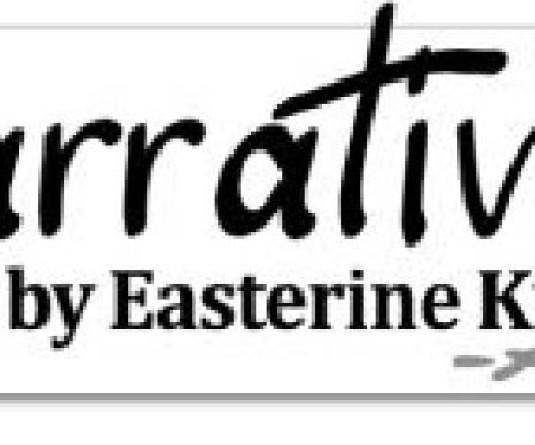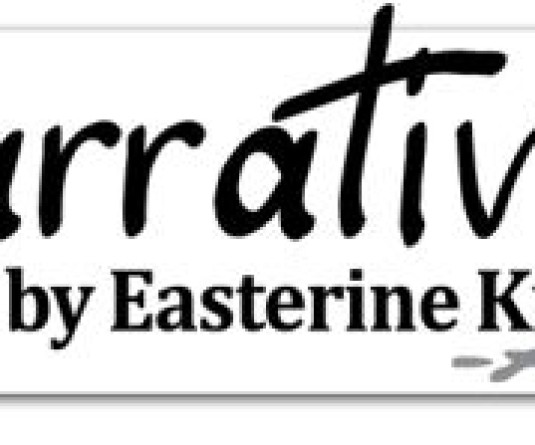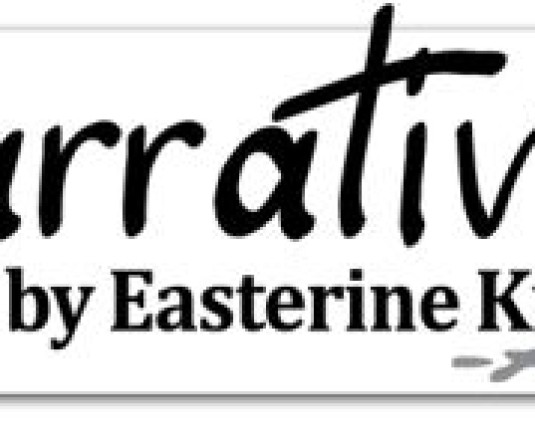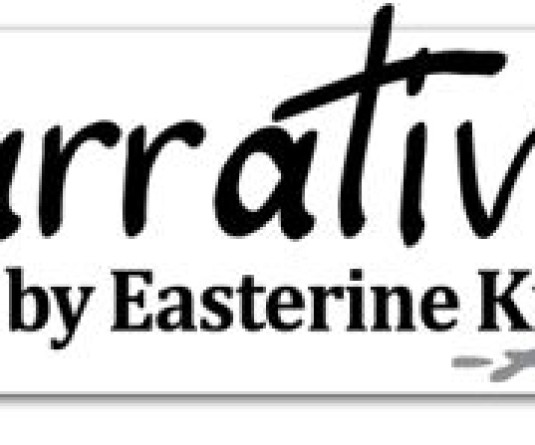
Why not? I belong to a generation of children who grew up reading fairy tales by Hans Andersen and the Grimm brothers and my heroes were the Marvel comics superheroes. My big brother and his best friend James Yaden had a big collection of comics which they hid in a steel trunk. I was so envious of them. Amongst the books you would find the odd grenade or two, leftovers from World War II. My brother’s room was also the glorious graveyard of cowboy comics and war comics from which we learned the few German words that have stayed with us all our lives: Schnell!Schnell! Achtung Englander! Schweinhund! Jawohl Oberleutenant!
At a tender age, the antics of Lord Greystoke aka Tarzan of the apes were entertaining and fascinating enough. The Phantom, the Ghost who walks, was another favourite. I even knew his address: ‘Faraway, Walker’s Hill, Denkali woods.’ Many years later, my four-year-old nephew killed any lingering infatuation I had for the Phantom when he stated with the callousness of youth, “Oh the Phantom? Isn’t that the guy who wears his underpants on top of his pants?”
I was often consigned to reading comics for children like ‘Wendy the good little witch’ and ‘Casper the friendly ghost’ while waiting for big brother to finish reading one or two of his Marvel comic books which he would then pass down to me.
I learned about the Greek gods and their constant interplay with humans, and the lessons on excess pride, greed and arrogance that abridged Greek myths offered made for a rich reading childhood experience. Shakespeare’s abridged tales were appended to this compendium.
Yet for all that, I had never seen a book of Naga folktales nor read a children’s book with a Naga setting and Naga names. It was non- existent because we had no such books in the sixties and seventies. It was one of the reasons and also the biggest reason why I ventured into writing books for Naga children. In my generation, the folk stories our grandparents told us were both entertaining and designed to educate. The children’s folktales were amusing tales of small adventures of animals with a moral lesson to teach. These lessons have stayed with us throughout childhood.
Today Naga culture has some very visible practices such as the Log drumming at the Hornbill festival and the folk dancing at almost all the tribal festivals. The books I am writing present the visible culture in such a way that a child may learn it and be knowledgeable about cultural practices of the Naga tribes. Reviewers have found representations of contemporary society in the children’s books. Inter-marriage between tribes is presented as a reality, and the minor cultural clashes that accompany that reality. However the books are focused on conflict-solving in peaceful and creative ways.
I also believe it is very important to engage with the imagination of children. Some of the books do this. They are allegorical tales of non-human characters in human situations of conflict, and thereby teach lessons such as respect and acceptance of those who are different from us.
Man is a storytelling creature.
The child learns best when it is educated via storytelling. Play with the child’s imagination. Take him to other worlds that exist outside our time and space. Present problems in the stories that are similar to ours, and the way these problems are creatively resolved will teach valuable lessons to the child.
At what stage is the reading culture in our land? The newer schools have seen the importance of having good libraries for their students. They are raising a generation of keen readers. However, some older schools that we visited insisted that the students had no reading culture. But it is really up to the school to inculcate that in them, by prioritizing story reading and storytelling times and including them in the curriculum.
The seed has first to be planted before we can tell whether they are interested or not. We, meaning the school, have to water that seed else it will never sprout. Even if storytelling does not happen in their homes, there can be special sessions of storytelling at schools. Listening to a story is not a waste of time: it is food for the spirit. It is a very effective way of picking up knowledge that will remain. Let’s give that to our children.






